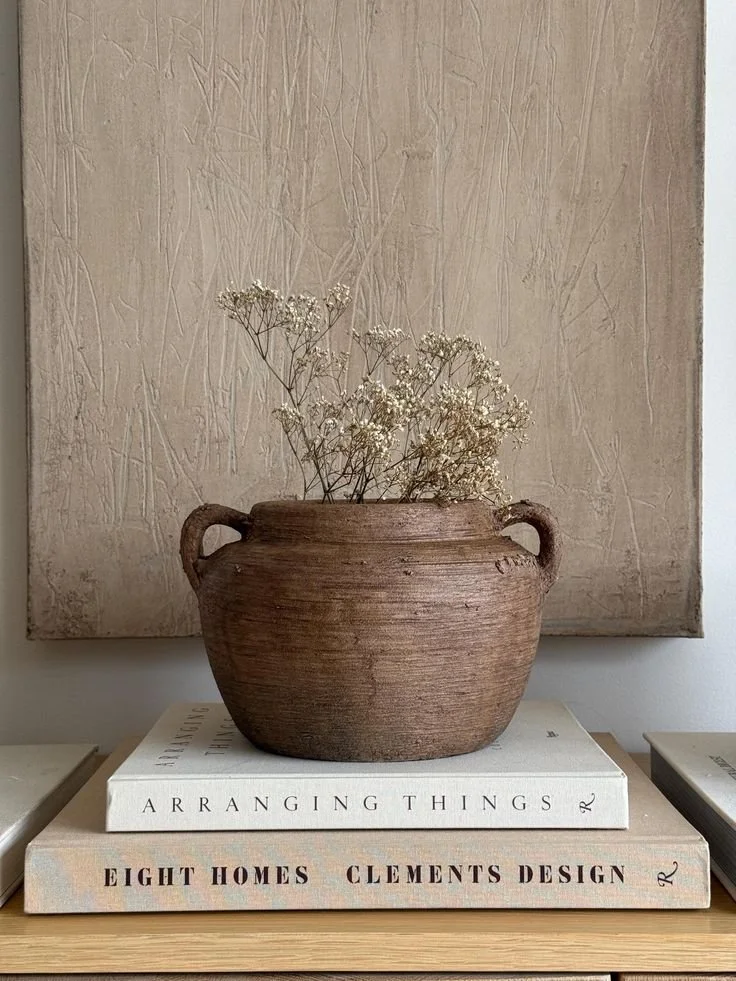Layered Living: The Power of Texture in Interior Design
When it comes to interior design, colour is often the main focus but if you truly want to bring depth, warmth, and personality into a space, texture is where the excitement happens. Texture refers to the way something looks and feels and then that can relate to how it can make a person feel too. In design, the current trend is about mixing materials to create visual interest and a sensory-rich environment. These factors can contribute to a more developed and effective design and the following will explore how this can be done, to turn your room from dull to dynamic.
Why Texture Matters
Texture can be thought of as the silent storyteller in a room. While color sets the mood, texture adds depth and enriches the senses. Touch can influence how we perceive a space and the different surfaces have an effect: warm or cool, casual or refined, minimalist or cozy. A room with a variety of textures feels lived-in and complete, even if the color palette is monochrome and minimal.
Types of Texture
There are two main types of texture in interior design:
Tactile Texture: This is the actual feel of a surface; rough, smooth, soft, coarse and cold
Visual Texture: This is the illusion of texture created by pattern. A wallpaper might look like concrete or linen, even if it feels smooth to the touch. In addition wallpapers and pictures with pattern can add depth even if they are not presented as a obvious texture
How to Mix Textures
1. Layer Soft and Hard
Pair soft fabrics like velvet or linen with harder and more impactful elements such as glass, metal, or stone. A luxurious velvet sofa next to a sleek and dramatic metal coffee table creates an elegant contrast.
2. Mix Natural and Man-Made
Organic textures like wood, leather and wool add warmth and earthiness. These work well alongside polished, man-made finishes like acrylic, tiles or stainless steel for a balanced look that can combine two design aesthetics.
3. Use Textured Walls and Floors
Brick walls and wood paneling are effective ways to make a space feel like its purpose. For example paneling adds a layer of class whilst brick shows a more edgy and rustic design. Wallpaper with a subtle pattern can become a textured backdrop or a more prominent pattern can become the main focus of the room and dictate the rest of the scheme.
4. Ceiling
Ceilings can also add more variety through texture, and can have a vital role in making a space feel practical and beautiful. Even if the floor and walls have to be suited to practicality, adding texture to the ceiling can enrich any space, whether it’s exposed beams, corrugated iron or a textured paint finish.
5. Accessories
Decorative accessories such as; throw pillows, baskets, curtains, ceramics, and plants are an easy, low-commitment way to add layers of texture. If you don't want to do a full house makeover then adding in a variety of textures can help bring dimension and feeling to your space.
6. Play with Light
Textures catch and reflect light in different ways. Shiny surfaces like metals bounce light, while matte and rough surfaces absorb it. This element adds another dimension to your design. By using reflective surfaces like mirrors you can make a space feel bigger and brighter. For instance a room without a window can borrow light internally from one with natural light.
Textural Pairings
You want to find a balance between contrast and chaos. Try to limit contrasting textures to three main variations per room.
Linen bedding + a reclaimed wood headboard + a metal bedside lamp
A marble countertop + woven rattan stools + ceramic vases
Concrete floors + a faux fur throw + soft cotton curtains
Final Thoughts
Texture is one of the most underrated tools in interior design. Once you start layering you’ll notice a huge difference in how your space looks and feels. It will heighten your senses and create a home that feels rich, inviting, and uniquely yours.







